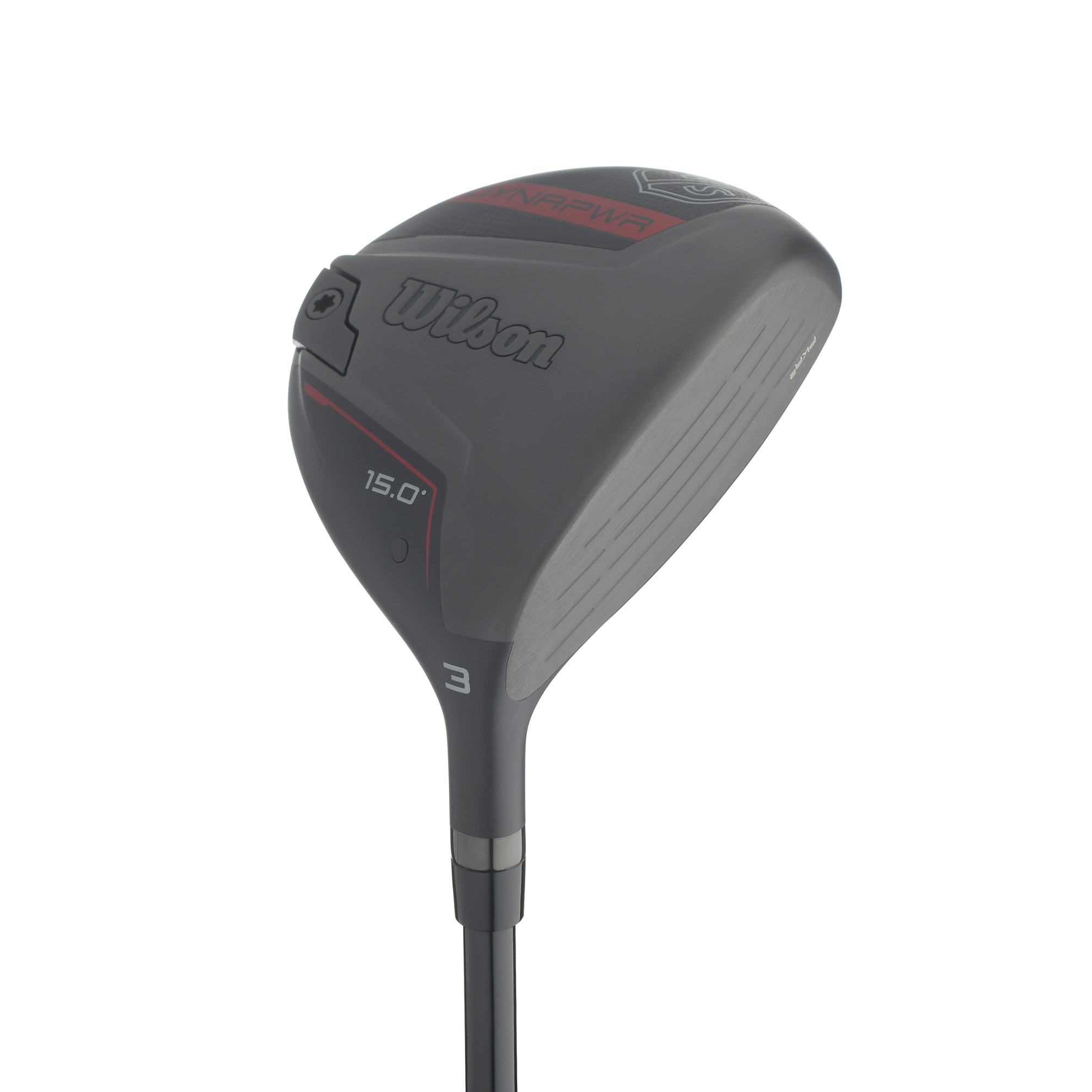Equipment
Wilson Dynapower fairway woods, hybrids: What you need to know

WHAT YOU NEED TO KNOW: The Wilson Dynapower fairway woods and hybrids took their simplified shaping cues from what better players were looking for, but both boast forgiving face technologies average players need. Those variable thickness faces, borrowed from the same artificial intelligence technology developed for the Dynapower drivers, provide the keys golfers need to launch it higher and fly it farther.

PRICE: Fairway woods, $250 (15, 18, 21 degrees). Hybrids, $220 (19, 22, 25, 28 degrees). Available for pre-order Feb. 22, in stores March 1.


It sounds exceptional to build a fairway wood with the expanding possibilities of artificial intelligence, but a worthy design needs the best input of machine and human to truly elevate the standard. Wilson’s team used supercomputers and thousands of simulations to uncover the precise levels of varying thicknesses on the face to maximize ball speeds. Engineers also sought the wisdom of tour players. Their input on the flatter profile and shallower face improved the versatility so that more players of all skill levels could take advantage of that high-tech, high-speed face.
3 COOL THINGS

1. A face that has driver intelligence. Given their smaller faces, fairway woods and hybrids seemingly would have to use a completely different technology than the larger metalwood in the driver family. But Wilson’s design team went right to the same highly complex algorithms developed through artificial intelligence to find a face that would flex better for more ball speed. That increased distance potential isn’t just for the best impacts, but the variable thickness design makes those mis-hits fly hotter, too.
The methodology looked at 17 separate control points across the face. Possible solutions were developed by computers running 500 iterations at a time. Like the driver faces, the PKR2 fairway wood and hybrid faces feature continuously variable thicknesses that radiate from the center in concentric circular patterns. The result was a decrease in the difference between off-center and center hits.

2. Weighting back (and front) for forgiveness. A rear weight of 12 grams helped increase the fairway wood's stability on off-center hits, while the hybrid’s slight increase in size boosted its overall stability, too. Both the fairway wood and hybrid also feature an internal pad of weight in the sole and close to the face. This helps lower the center of gravity to put it more in line with the center of the face, while not being so close to the face that it restricts how the face flexes. This leads to a higher, more efficient ball flight with low spin. All that discretionary mass is only possible because the crowns on both the fairway woods and hybrids features a variable thickness design where thicker beams divide pie-shped ultra-thin pieces in the crown. The crowns get as thin as .023 inches or well under the thickness of a credit card.
3. Simple shaping from the tour benefits all golfers, too. While neither the Dynapower fairway woods or hybrids feature adjustability in the hosel or sole, it appears they moved off those features to find a simpler, compact shape easier to hit from a variety of lies. That shaping came from tour player preferences, but the goal also was to develop a more forgiving shape. That meant both in terms of CG location and the visual confidence the right shape could mean for these, the hardest clubs to hit off the deck. “It starts to get what we like to call flatter and longer,” said Wilson’s Jon Pergande, manager of global innovation. “That shape keeps it lower to the ground so it more easily gets behind the ball at address and impact.”

